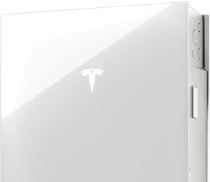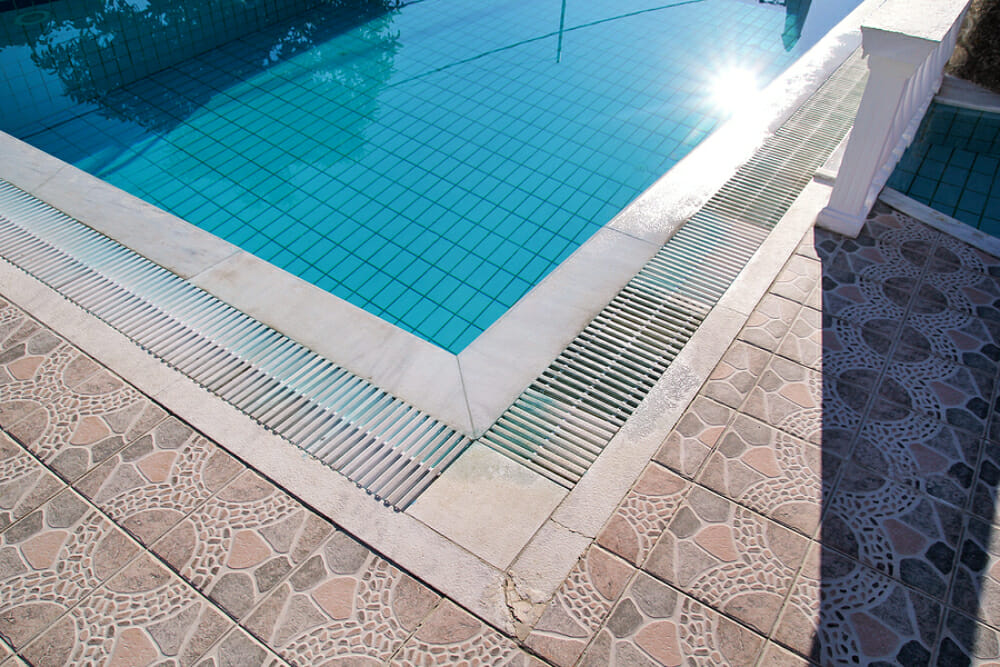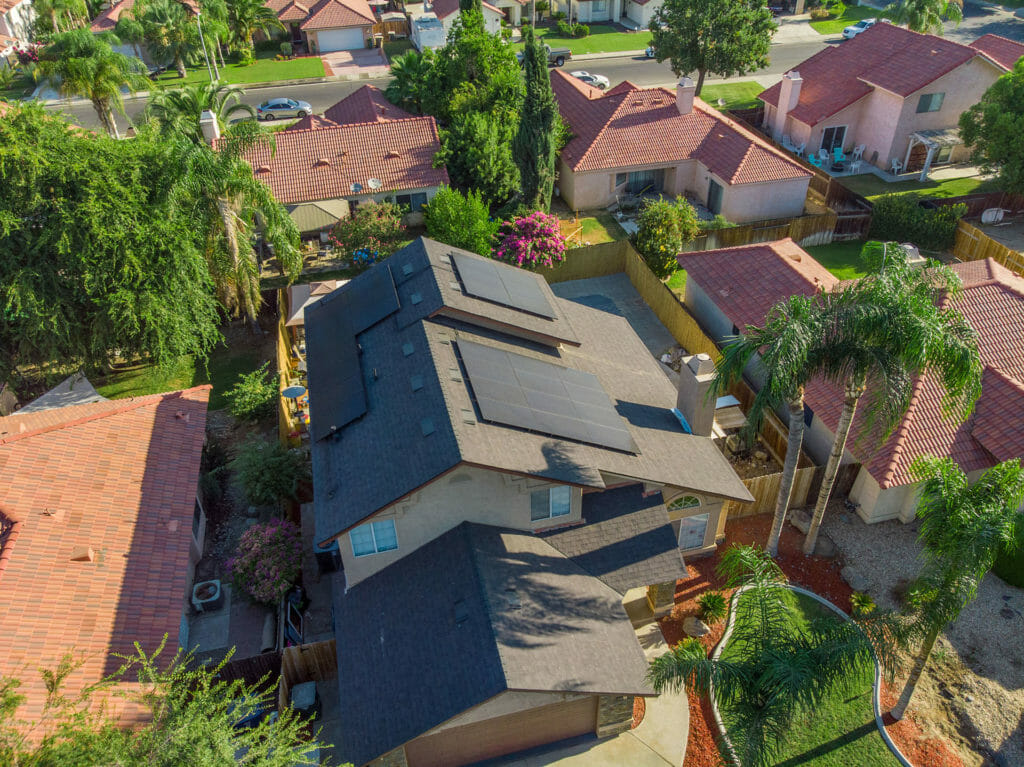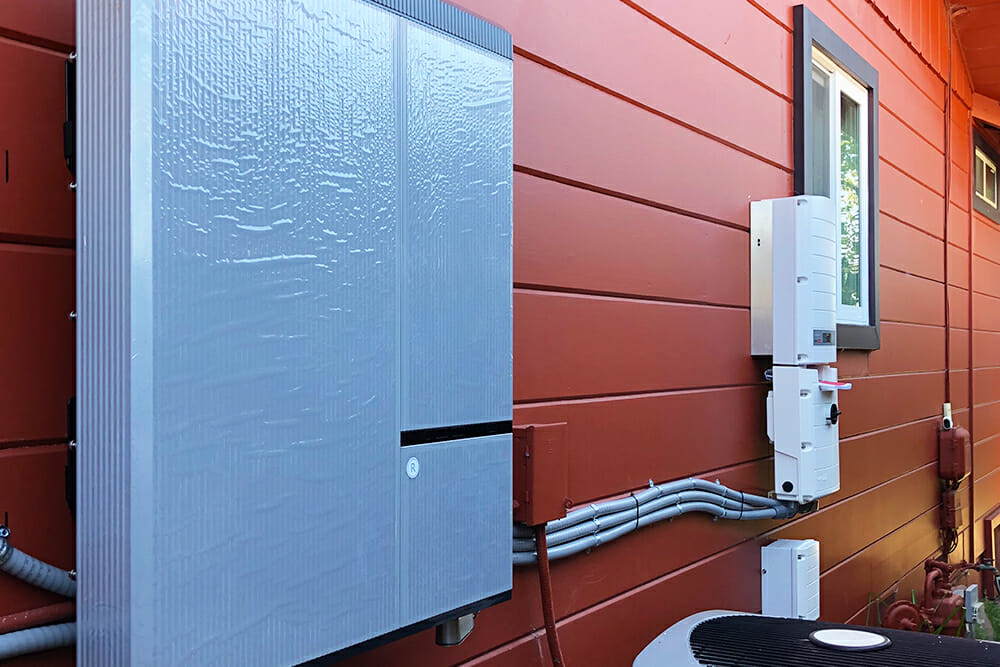When your solar system is first installed, your panels will likely have no trouble meeting the energy production estimates provided by your installer. But like most things, as your system ages its energy production will decrease.
It’s important to understand the solar panel degradation rate to give yourself an idea of how long the solar system you currently have or the one you intend to buy or lease will last.
As they age, solar panels become less efficient at converting sunlight into energy.
Solar panels are constantly exposed to the sun, wind, rain, snow, hail, whatever else Mother Nature throws at it, and debris like dirt, leaves, branches, and animal droppings. As with anything left outside for extended periods, solar panel performance decreases in part due to exposure to the elements.
This is not to say that solar manufacturers are unaware of these factors. Solar technology is rapidly advancing. Manufacturers have created solar systems that can withstand inclement weather and other harsh conditions for decades before they see any noticeable dip in production.
But the reality is that external factors, combined with age and general use, mean that solar panels experience declines in appearance and productivity over time. The transparent glass surface may yellow or brown, system components degrade and debond, and other changes can occur.
The good news? Solar maintenance is offered by many solar installers. In fact, issues to solar components might be covered under your system’s warranty. While your system should perform properly with little to no maintenance, if you do notice a sudden drop in energy production that can’t be attributed to external factors like cloudy weather, it’s best to schedule professional maintenance through your solar installer.
How quickly does a solar panel degrade?
Solar panels can degrade at different rates. Newer solar panels, such as those manufactured in 2018, are likely to degrade at a slower rate than older panels manufactured a decade ago, due to improved technology. Quality components and panels also play a role in system efficiency. Second rate systems will degrade more quickly than reputable systems.
As for the actual degradation rate, a 2012 study found that the average rate of degradation was 0.8% per year, compounded year over year. What does this number mean, exactly?
Taking that 0.8% rate from the study means that your solar system would operate at 99.2% of the original output. After five years, the output would be 96.06% of the original output. And after 25 years, the output would be 81% of the original output.
A lower degradation rate looks much more promising in the long term. For example, with a degradation rate of 0.25% per year, the output would still be 92% of the original output after 25 years. The degradation rate depends on the manufacturer, whether the panels were made with quality components, system usage, weather conditions in your area, and more. When researching a solar system for your home or business, look for “output decline” specifications. Output decline and degradation rate are interchangeable terms. It will give you an idea of expected energy production after 25 years.
At Ilum Solar, we offer three solar panel modules. Below is the output decline, or degradation rate, for each module.
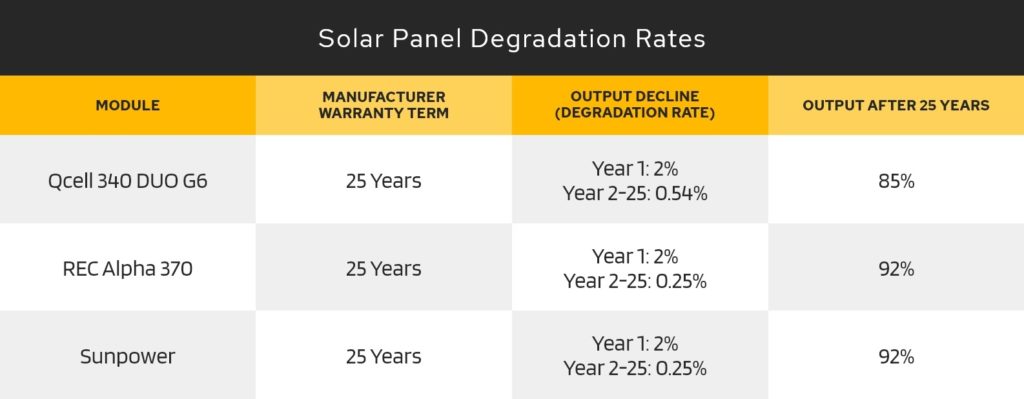
How long does a solar panel last?
Solar panels will continue to produce energy for a long time—like, even 50 years after they’re originally installed. But that doesn’t mean you should stick with your solar system for 50 years.
It really comes down to the level of energy your home demands, combined with the degradation rate. You probably won’t even notice solar energy production dips in the first five or ten years of ownership. That’s because, even though the solar panels are degrading, the degradation rate is really slow.
But after 20 or 25 years? You might start noticing your solar production is not keeping up with home energy demand, especially if your panels degrade at a rate of ~1% per year. Sure, the panels are still producing energy after 25 years. But as they age, they become less useful. At a certain point, they don’t supply the necessary energy to make sense financially. And when they don’t produce the energy your home requires, it’s time to consider upgrading to new panels.
At Ilum Solar, we back our solar systems with a 25-year performance and manufacturer warranty. We tell our customers that they should expect their solar system to produce enough energy for their needs for at least 25 years, and we’re always there to diagnose energy production issues along the way. We install only the latest, most technologically advanced panels in the industry. With Ilum Solar, you know you’re getting a top-of-the-line product, and exceptional service backed by a performance guarantee. Contact Ilum Solar today if you’re interested in purchasing a solar system for your home or business!
